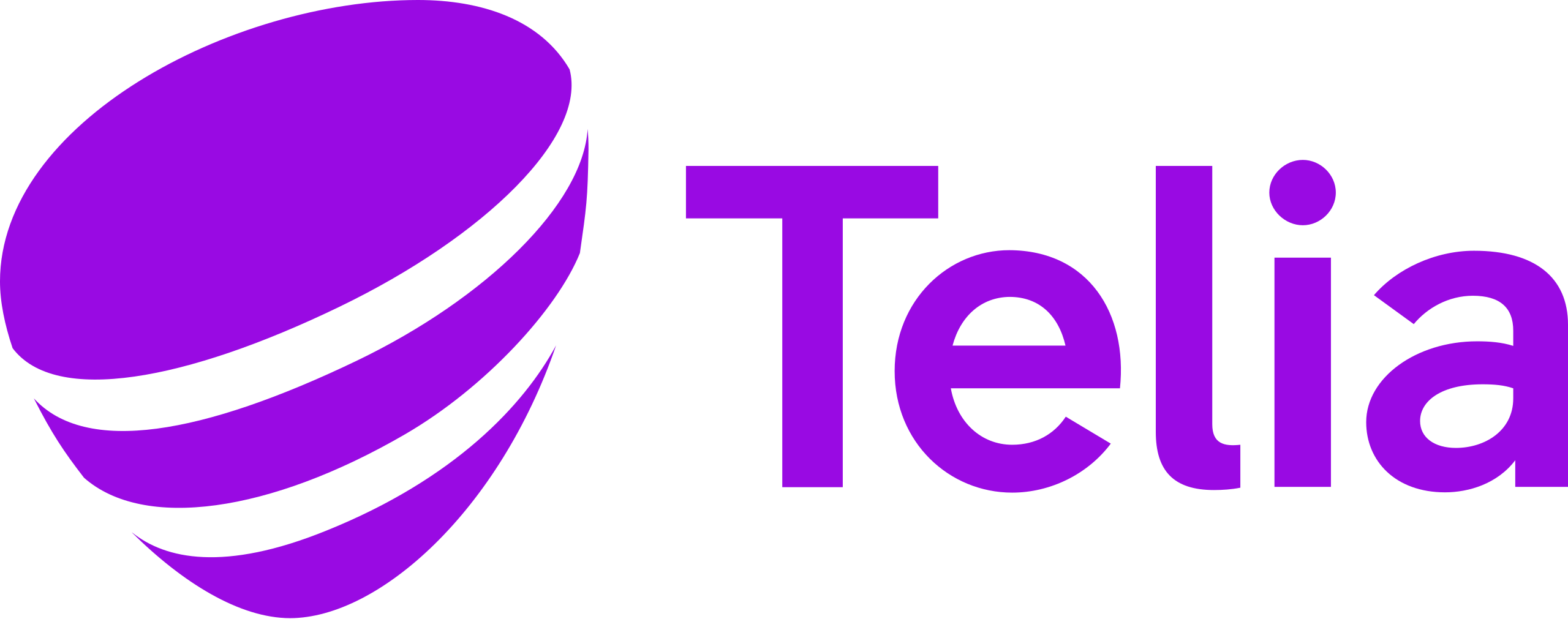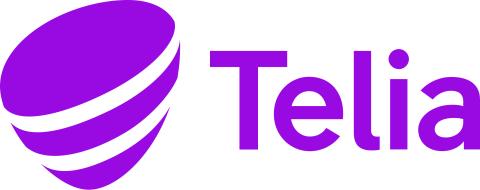Client

Expertise
Footprinting
Impact
Tackling emissions reductions with greater accuracy and confidence.

CHALLENGE
How can telcos track their emissions and climate progress across multiple markets and products?
Connectivity and digitalisation are key pillars of the green transition. A rise in data storage, internet usage and telecommunications services users, if not managed sustainably, is intrinsically linked to a growth in emissions. Companies across the ICT sector, therefore, not only have an opportunity to build solutions for smarter, low carbon homes, businesses and networks, but they can – and should – start by tackling their own carbon impact.
Telcos have set the tone for climate action. Indeed, 62 mobile operators have set science-based targets, covering nearly half of all global connections.1 Among them is Swedish telecommunications company Telia, which serves 25 million people across the Nordics and the Baltics. For most telcos Scope 3 emissions comprise well over 70% of their carbon footprint. In the case of Telia, this share is 99%, and the company recognises that it cannot reach these targets alone.
Telia has been working closely with us to measure and improve the accuracy of its carbon footprint. Doing so will allow Telia to identify any decarbonisation blockers and pinpoint the reductions achieved by its suppliers and operational decisions.
SOLUTION
Quantifying the carbon intensity of Telia’s supply chain
Since helping Telia set its first short-term science-based reduction targets, we have continued to act as Telia’s long-term climate partner for the past five years. To help Telia meticulously measure the emissions from its supply chain, we:
IMPACT
Taking Telia’s climate reporting and ambition to the next level
As with most industries, telcos are under pressure from their investors and customers to curb emissions and go beyond targets. With this tracker, Telia can further drive emissions reductions across its supply chain and products, identify laggards and emissions hotspots and track progress. Telia can now:
ICT companies have both a responsibility to limit their own emissions and an opportunity to support customers’ efforts to do the same by building solutions for smarter homes, businesses and networks. Recognising its dual role, Telia has measured the avoided emissions of several solutions.


